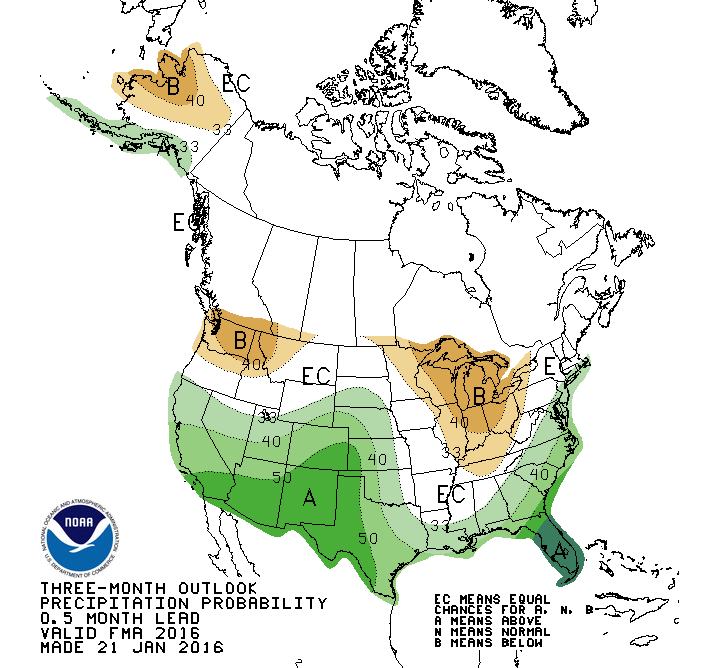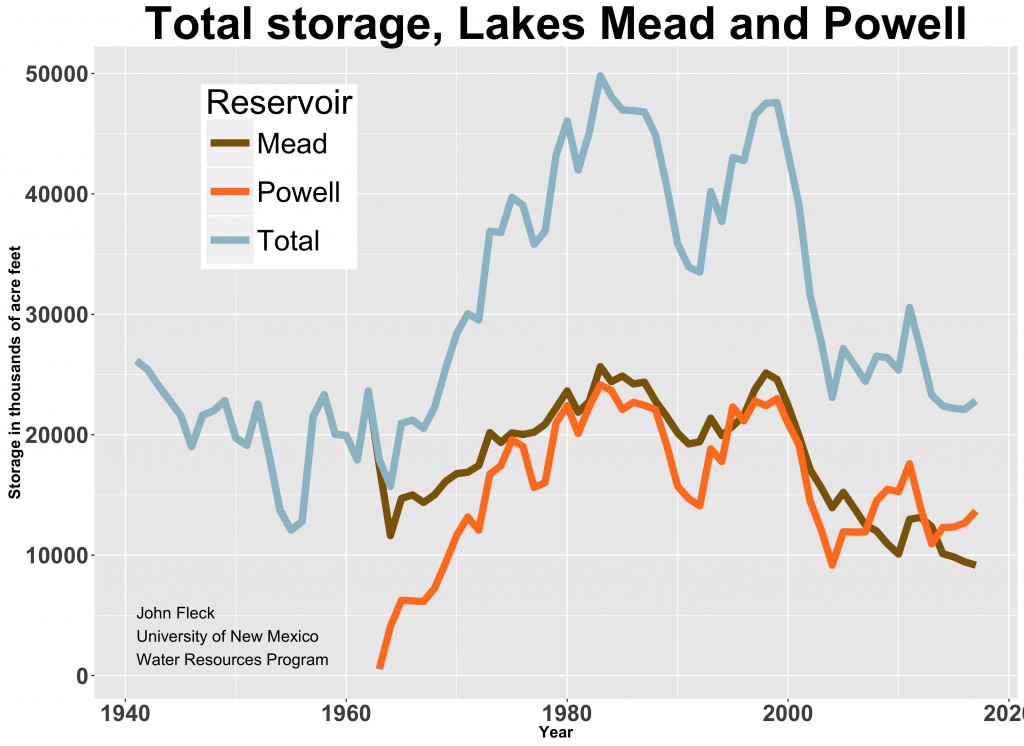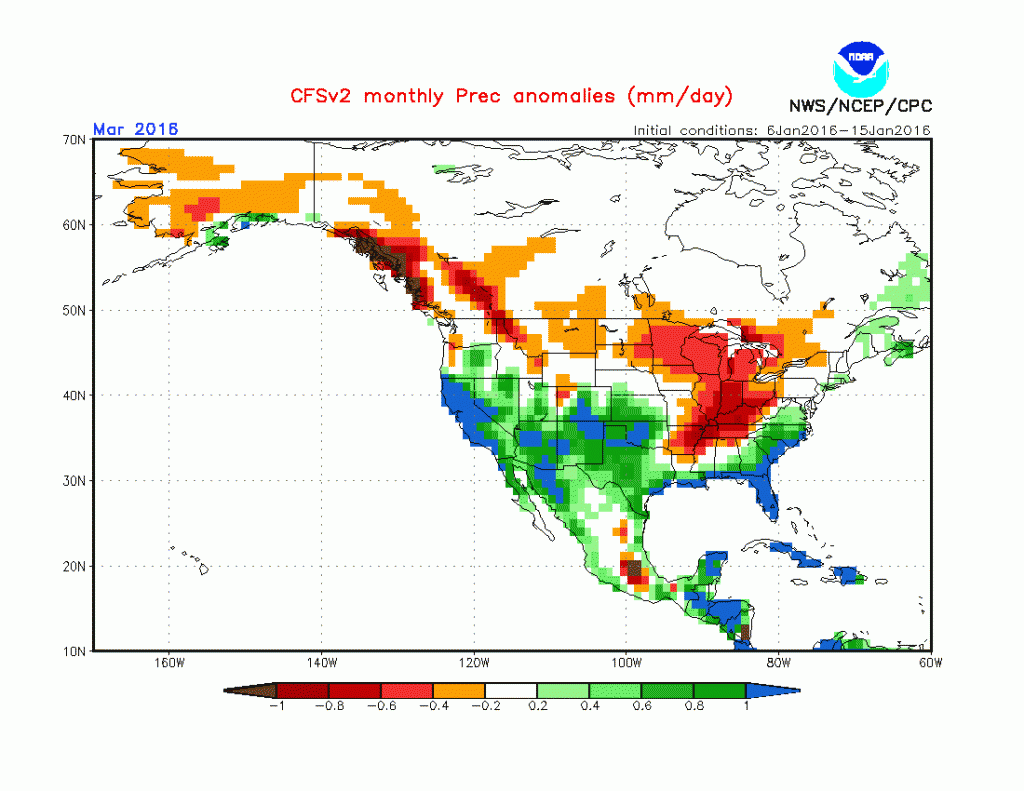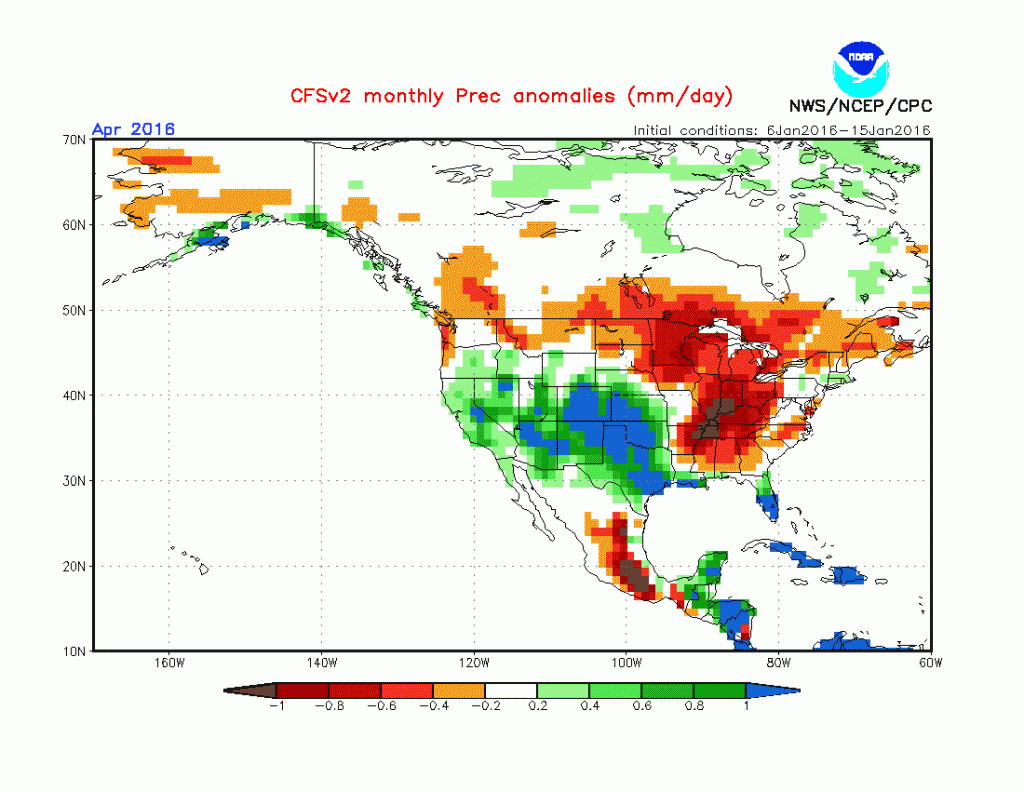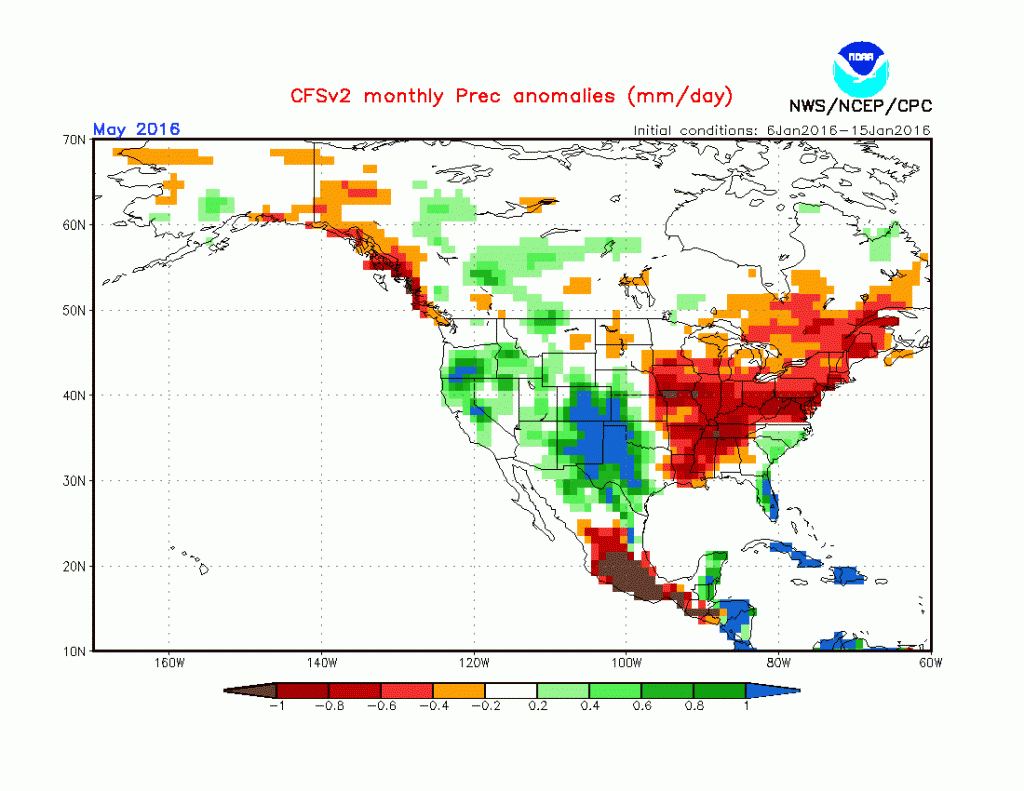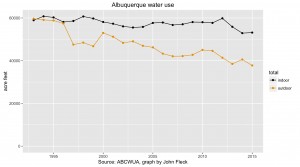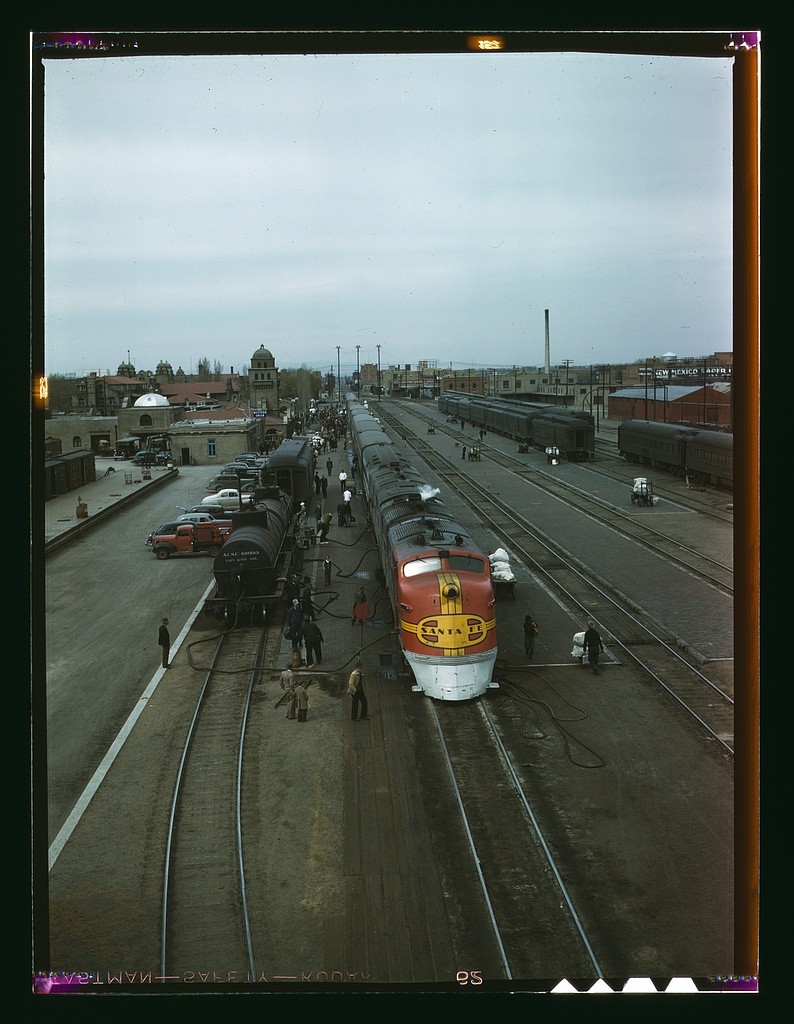Economists are often bad at considering the distributional impacts of policies: To the point that we often ignore issues of equity in favor of the more objective measure of efficiency. If two policies were to result in the same net benefits to society, but different distribution of those benefits within society, the efficiency-oriented economist would have trouble distinguishing between the policies.
But what if one distribution of benefits (or costs) is socially preferred to another. Or put a different way, what if society were willing to forego resources (willing to pay?) to ensure a different distribution of benefits (or costs)? In that case, the distribution of resources might fit within the realm of the efficiency paradigm as now society can be viewed as better or worse off depending on the distribution of resources.
I think what Whitehead is really saying is that narrow definitions of efficiency may miss non-market values that, when properly considered, might shift the analysis of costs and benefits in a helpful way. In other words, to the extent economists are “ignoring issues of equity”, they’re ignoring important non-market values. There’s a shortcoming in their model.
I am quite literally surrounded by economists as I write this. If you see me fire up a flare, send help, preferably a squad of institutional economists who have thought about this question.

